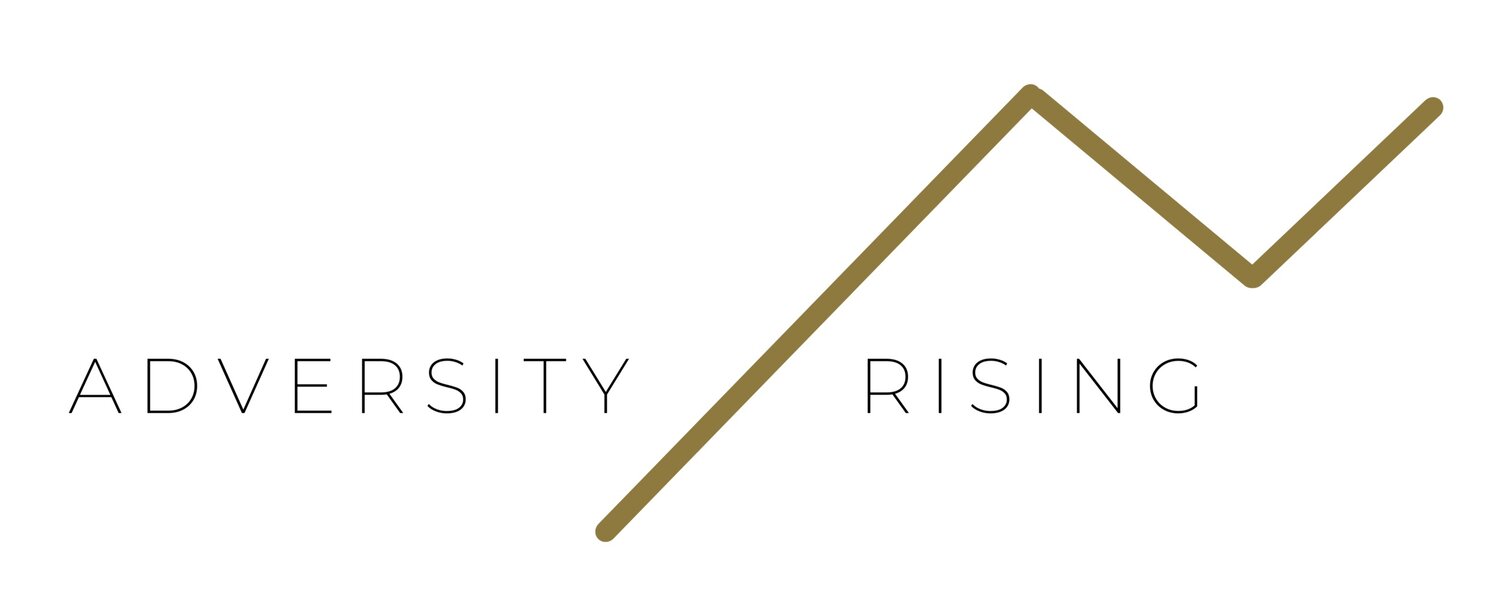Their Reaction Is Not Always About You.
Have you ever found yourself in a conversation or interaction, wondering how things got from “here to there”?
It seemed like you were just talking when, suddenly, you are hit with a defense so powerful it is hard to respond. Anger — the degree of which seems completely misaligned with the intensity or subject of the conversation. It might not even be anger directed at you but the ferocity of this emotion creates a domino effect so powerful that it filters everything through its red-coated lenses.
In these moments, it can be hard to hit the pause button as these behaviors or responses can activate our own defenses. Anger is what I like to call an “activating emotion” meaning it likes to invite everyone else’s defenses and emotions to the party.
Suddenly, you are no longer responding to the person or the situation but to the anger. You may find your own anger emerging, fighting to take the lead or begin to isolate, retreating into a protective coating that allows you to mentally and emotionally disengage. In some instances, you may even take a “power down” position or one in which the other person’s anger becomes the driver of the conversation and you follow suit with its demands — pacifying the anger and “smoothing things over” as quickly as possible.
And by the time your logic brain returns to the conversation, the momentum has already taken the conversation off the tracks and into the woods. When you find yourself coming down from your own interactions or reflection on what occurred, confusion sets in. Why did that escalate so quickly? What were we even fighting about? Did I/they really say that? Why was that such a big deal?
Anger is a power-based emotion that, when left unfettered becomes deeply connected to our ego and shame. Like a bull in a china shop, it can destroy all things in its wake.
If you remember, shame is the threat to belonging. It sells you on the idea that it will protect you from that pain of rejection and isolation but in turn, it just pushes you further and further from connection by stripping you of any ability to be vulnerable and to truly be seen.
If you go back to the conversation and view it from the outside looking in, we can see that something happened that activated their shame, leading them to “react” versus “engage”. Unfortunately, it can be hard to tell exactly what it is in that moment because, in most instances, it has nothing to do with us.
Yes, we may have said or done something that acted as a catalyst or trigger allowing their anger to take over, but the emergence is ultimately a response to that person’s narrative that extends well beyond this interaction. And in turn, their anger is trying to protect the individual from being exposed as they have been in the past and as such, minimize their chances of being hurt.
When we, then, get consumed with the anger, we become characters in their shame story. We play into the narrative that is being written for them by this destructive force. And, what’s worse, our reactions can have a double impact if they, too, play into our own shame and we start to internalize our reactions as character flaws or self-deprecating analyses.
So what do we do?
The best thing we can do when we begin to feel the surging power of anger enter the space is to hit the pause button. Take a deep breath and try to step out of the interaction and see it from above.
Ask yourself:
Does their reaction make sense in the context of this interaction?
Might their reaction be about something else? Might it have nothing to do with me?
Is this a story that might be their own to work through and not mine to play a part in?
Am I responding to the person or reacting to their anger?
How can I shift away from their anger and keep my own defenses out of the interaction?
What might this person need to feel safe in this interaction?
That is a lot to think about in a few moments and when the other party might be in the same location as you, their anger can bait you with every breath. To give me the best opportunity to really think about these pieces and to also see what role my shame may be playing in the conversation, I like to enact the 24-Hour Rule and step away from the interaction until things have calmed down and anger is no longer driving either end of the conversation.
That doesn’t mean I just walk away but instead, I might say something to the effect of:
“I recognize how charged this conversation feels and don’t want to make things worse by forcing a conversation right now. I care about you and want to make sure we can both feel seen and heard. In order to do that, I need to take a break from this discussion and return to it at a later time.”
While the idea of taking a pause can feel really difficult (and sometimes, it takes everything in me not to give in and let anger drive my own reactions), it is important to remember that reacting is not a conversation. Reacting is a deflection to the true discussion and does nothing but fuel shame.
At the end of the day, remind yourself that so much of how we interact with people has nothing to do with us. We are all trying to exist the best we can in our own narratives, playing roles in each others’ stories in each interaction.
